The FDA keeps a document called the Defect Levels Handbook that outlines exactly what types of defects mass-produced food can have and still be considered safe to eat.
The Handbook (which you can read in full here!) describes in detail the "levels of natural or unavoidable defects in foods that present no health hazards for humans." The reason it exists is because it's impossible to mass-produce food without the occasional defect, and the FDA needs to draw the line somewhere to guarantee that people who eat that food stay safe and healthy.
Listed below are some of the defect limits set by the FDA — that is, the point where the food becomes "adulterated." Defects less than what's listed below won't hurt you, and are legally allowed.
(But thinking about them may just make you sick. Sorry about that!)
Before you, uh, dig in to this information, you should read what the FDA's Handbook has to say about these limits:
It is incorrect to assume that because the FDA has an established defect action level for a food commodity, the food manufacturer need only stay just below that level. The defect levels do not represent an average of the defects that occur in any of the products—the averages are actually much lower. The levels represent limits at which FDA will regard the food product "adulterated"; and subject to enforcement action under Section 402(a)(3) of the Food, Drug, and Cosmetics Act.
Got all that? Good. Now read on, and prepare to completely lose your appetite:
1. Beetle eggs in your canned or frozen asparagus.

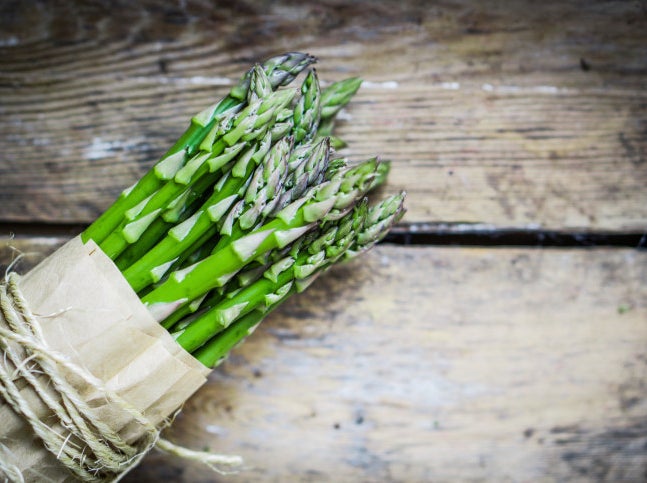
Too much, per the Handbook, is when "10% by count of spears or pieces are infested with 6 or more attached asparagus beetle eggs and/or sacs."
2. Bugs in your apple butter.
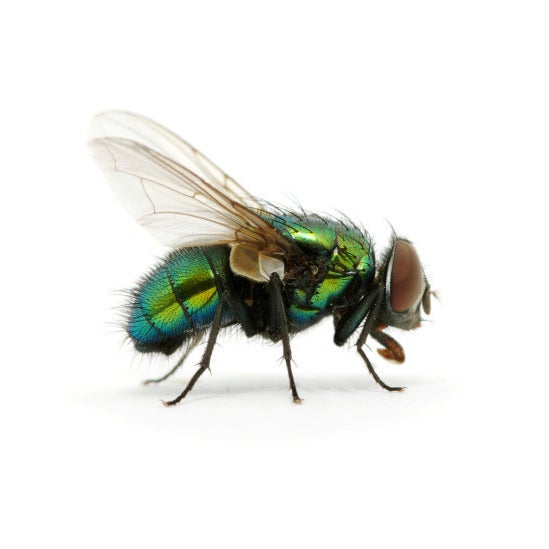

The limit is an "average of 5 or more whole or equivalent insects (not counting mites, aphids, thrips, or scale insects) per 100 grams of apple butter."
3. Rot in your canned beets.
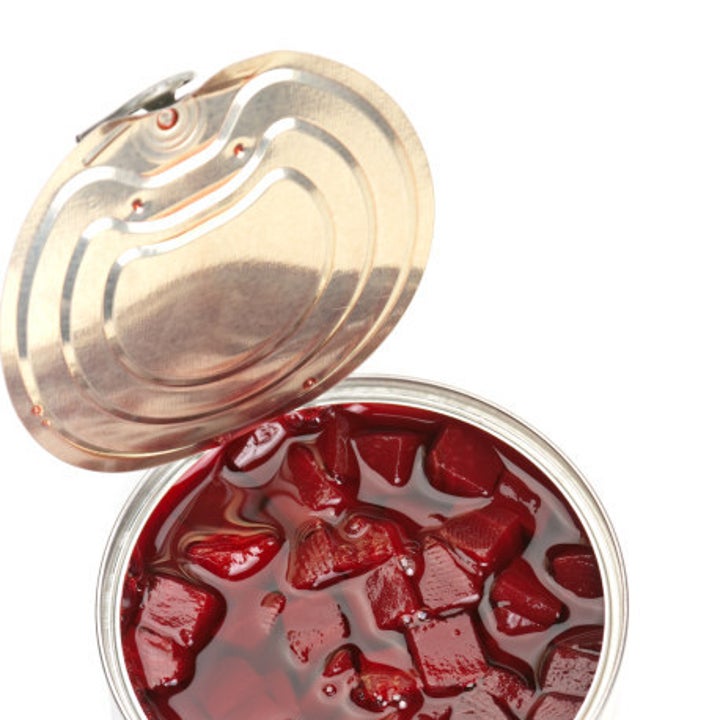
4. Mites in your frozen broccoli.
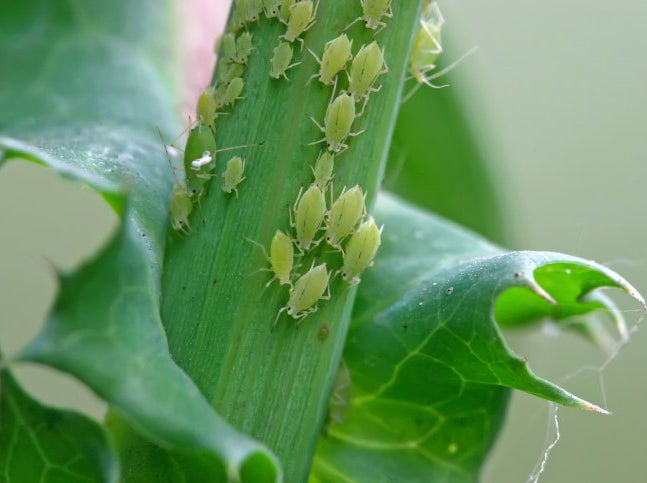
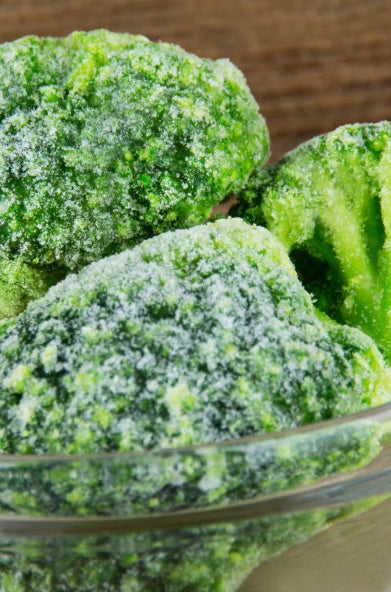
Too many mites in your frozen broccoli: When the people checking find an "average of 60 or more aphids and/or thrips and/or mites per 100 grams."
5. Maggots in your brined or Maraschino cherries.
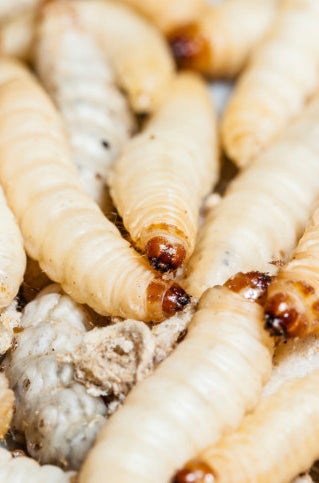
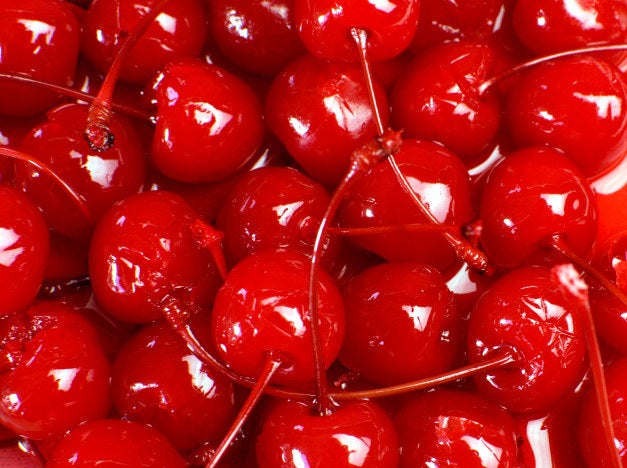
You've got adulterated maraschino cherries when an "average of 5% or more pieces are rejects due to maggots."
6. Rodent hairs in your cinnamon.
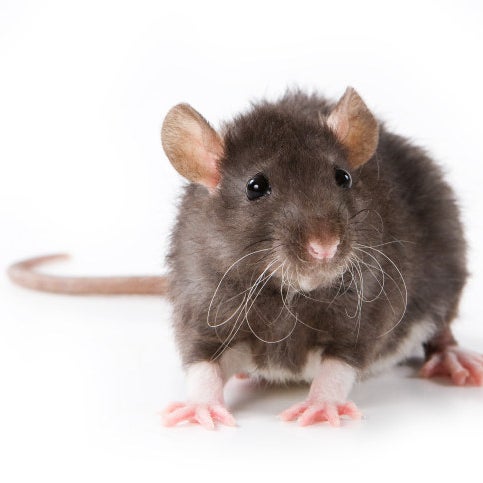

Just how many rodent hairs are too many? When checkers find an "average of 11 or more rodent hairs per 50 grams" of cinnamon.
7. Stems in your cloves.
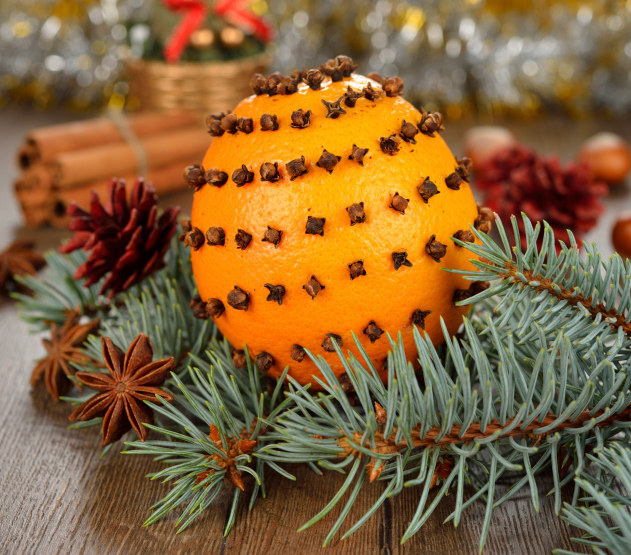
8. Decomposition in your frozen egg products.

9. Insect heads in your fig paste.
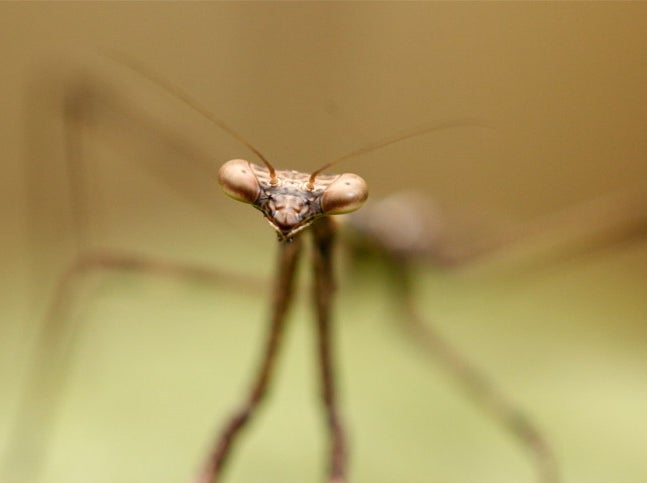

This is too much when a batch of fig paste "contains 13 or more insect heads per 100 grams of fig paste in each of 2 or more subsamples" during the checking process.
10. "Mammalian excreta"... in your ginger.


The FDA does not allow an "average of 3 mg or more of mammalian excreta per pound" of ginger.
11. Parasitic cysts in your blue fish or fresh water herring.
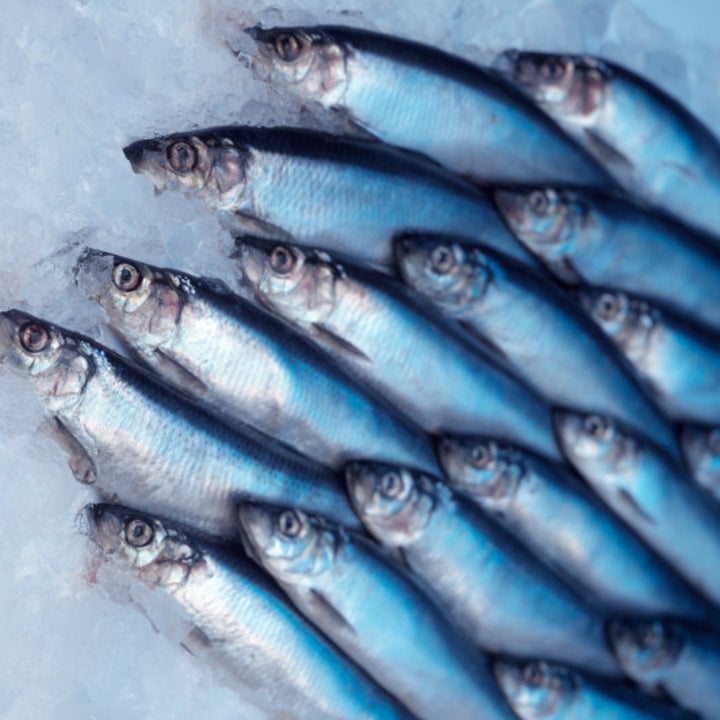
12. Copepods (parasites) with pus pockets in your red fish and ocean perch.
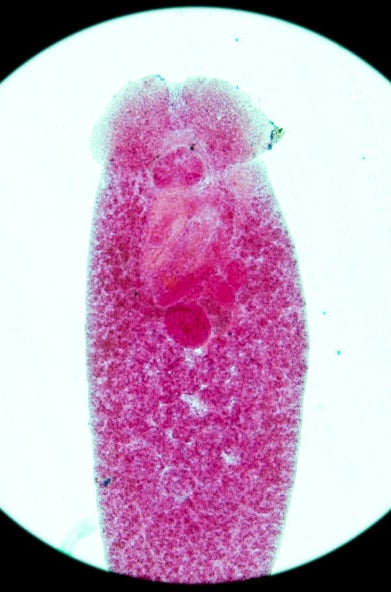

You're looking at a problem when "3% of the fillets examined contain 1 or more copepods accompanied by pus pockets."
13. Mildew in your canned greens.

14. Insect fragments in your macaroni.
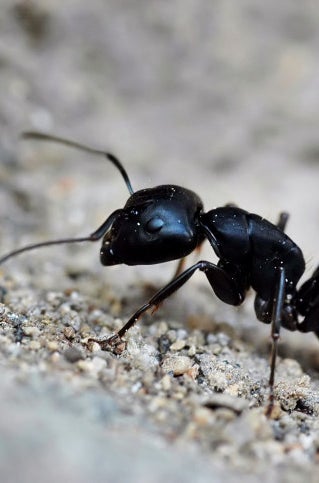

There are too many insect parts in that macaroni if checkers find an "average of 225 insect fragments or more per 225 grams in 6 or more subsamples."
15. Mold in your apricot, peach, and pear nectars.
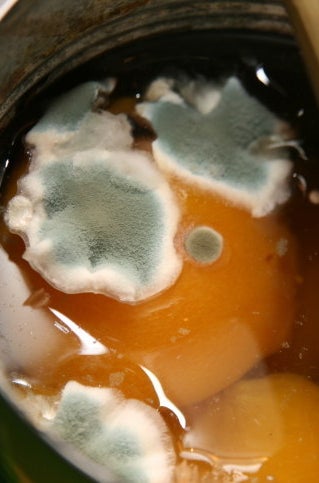

Nectar is too moldy when the "average mold count is 12% or more."
16. Worms and mold in your canned and frozen peaches.
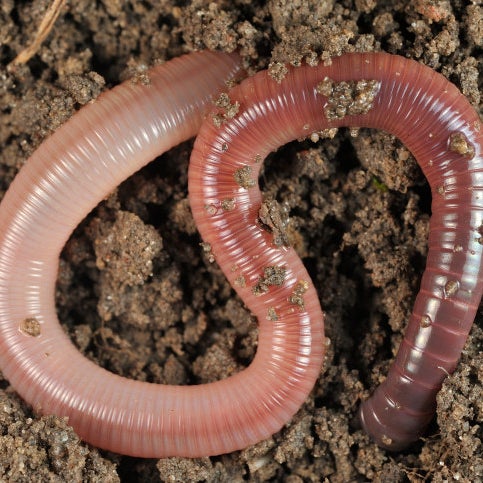

How do you know if a batch of canned or frozen peaches are no good? If checkers finds an "average of 3% or more fruit by count are wormy or moldy."
17. Sand in your raisins.


Too much sand is an "average of 40 mg or more of sand and grit per 100 grams of natural or golden bleached raisins."
18. Thrips in your sauerkraut.

19. Larvae in your canned or frozen spinach.
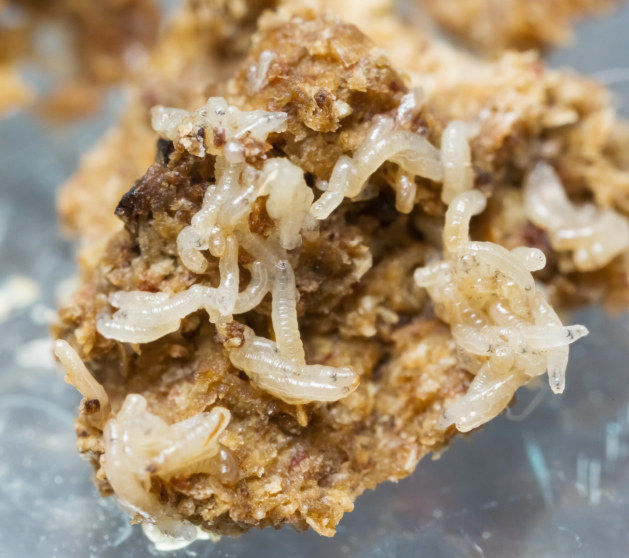
20. Fly eggs and maggots in your canned tomatoes.

21. Rodent "pellets" in your wheat.
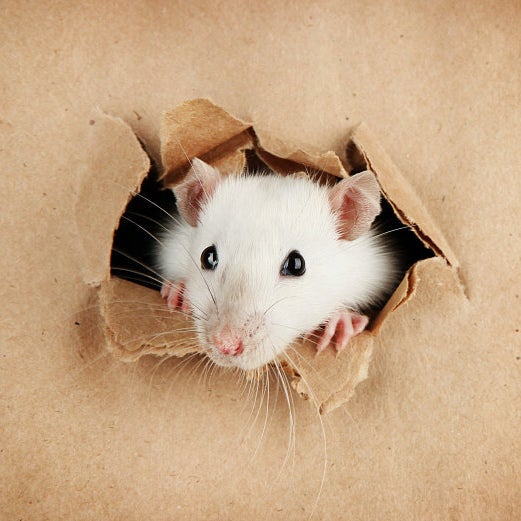

Too much rodent poo is an "average of 9 mg or more rodent excreta pellets and/or pellet fragments per kilogram" of wheat.
